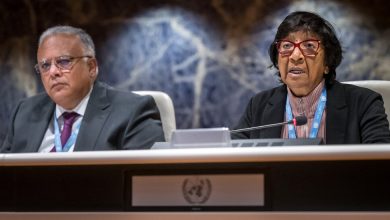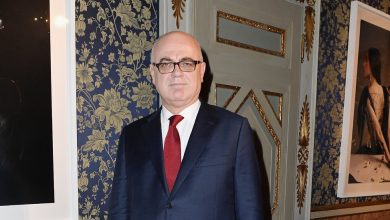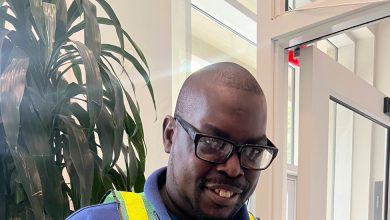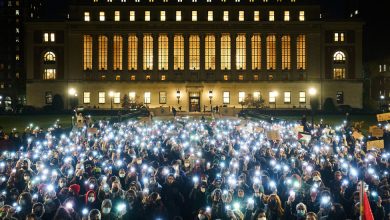9/11 Memorial & Museum Names New Leader
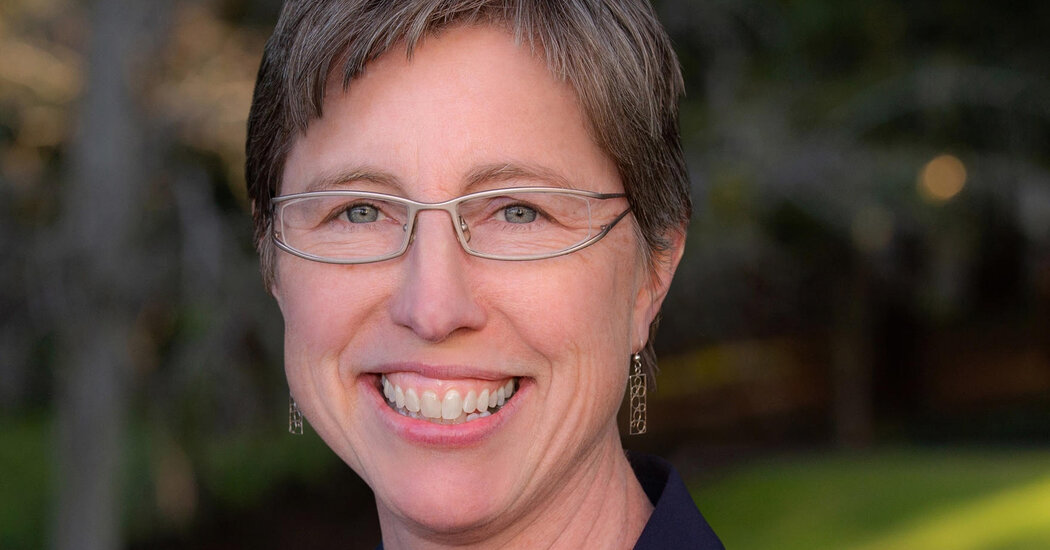
Elizabeth L. Hillman, the president of Mills College, has been appointed president and chief executive of the 9/11 Memorial & Museum in Lower Manhattan.
The board made the position official on Thursday, announcing Hillman, 54, who served as a U.S. Air Force space operations officer in the 1990s before becoming a law professor in the 2000s, would be the third person to lead the organization and would start in October. She replaces one of the museum’s founders, Alice M. Greenwald, who said in December that she was stepping down after 16 years there.
Former New York City Mayor Michael R. Bloomberg, who serves as the institution’s chairman, said in a statement that Hillman “brings a rare set of skills from her experience as college president managing large institutions through challenging times, as a veteran who is still relied upon by our armed services, as a historian whose deep sense of service is grounded in a lifelong commitment to learning, and as a trailblazer who has fought for justice and equality her entire career.”
Other board members celebrated Hillman’s expertise with the military, like Adm. William H. McRaven, retired, a trustee who said in a statement that this background has “prepared her to lead this institution and meet those sacred responsibilities” of ensuring that new generations understand what happened in 2001.
“With the selection of Beth Hillman,” Greenwald said in a statement, “both the Museum and the Memorial will continue to thrive in service to our nation as a landmark site of commemoration, education and inspiration.”
Nevertheless, Hillman is an unconventional choice to lead an organization that has struggled in recent years to cover its high expenses, recover its audience size and retain employees. She has never worked for a museum, and while she was the president of Mills College in California, the college merged with Northeastern University because of low enrollment and troubled finances. In July, the Oakland City Council passed a resolution urging an investigation into the merger, calling it “sudden, confusing, and done with very little transparency.”
When you consider making changes in institutions, Hillman said in an interview, “that creates some repercussions that are sometimes tough on people.”
“I’m really gratified by the results,” she added. “We saved jobs and made new pathways for students.”
When an executive recruitment firm reached out to Hillman to ask if she was interested in leading the institution, she had not yet visited the galleries, but quickly rectified that.
“It’s a remarkable story of resilience,” Hillman said, reflecting on her visit, adding that she wanted to see the museum “continue telling the powerful and impactful story of Sept. 11 to reach new audiences.”
Critics of the museum’s previous leadership were cautiously optimistic that Hillman’s outsider perspective and background in military justice — she had expertise in sexual violence and gender issues in the military — would help curators write the institution’s next chapter. After all, little has changed within the site’s galleries since they opened in 2014.
Elizabeth Miller, the daughter of a firefighter who died on Sept. 11 and a former museum employee, said that Hillman should revisit how the story of that day is told. “Most of the time, change can be uncomfortable,” she said. “But I want to go to a museum where messages of peace and inclusivity are present.”

